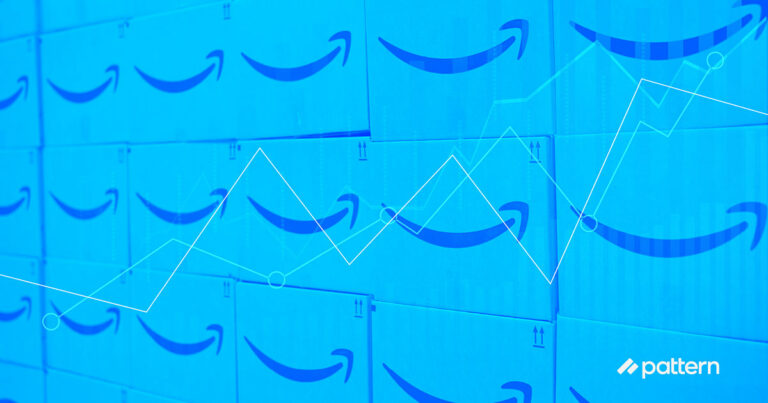Sweden and Poland are Europe’s hot ecommerce markets; with both countries expected to have Amazon open localised sites in the next few months.
With this in mind, we’ve shared some of the insight on each of these markets from our newly published European Ecommerce Report that’s available for free download.
Below we’ll explain why both Sweden and Poland are of interest to Amazon.
Economic outlook for Europe’s hot ecommerce markets
Europe’s economies have suffered due to lockdown measures to combat COVID-19, but Sweden and Poland have been two of the least badly affected.
Sweden has been the only EU country not to introduce lockdown measures in the first half of 2020, and so its GDP is expected to shrink far less than others at -5.3% compared to an EU average of -8.3%.
Similarly, Poland had a fast-growing economy by Europe’s standards prior to 2020, and its GDP is expected to shrink by only 4.6% this year.
Both countries are expected to bounce back to economic growth in 2021.
Ecommerce outlook: Sweden
With 82% of its 10.1 million population having bought goods online in 2019, Sweden is a mature ecommerce market, and soon to be even better connected. Sweden’s Government has the goal of giving 98% of its population access to 1 Gbps internet connections by 2025.
Local online retailers have faced increased competition from international competitors, particularly as many Swedish consumers are comfortable buying from English language websites. Estimates suggest more than one-fifth of online sales in the market are cross-border.
In fact, although two of the top three shopping sites by traffic are local retailers – CDON and Clas Ohlson – Amazon’s US instance has the third highest traffic share. The data that Amazon will have collected from Swedish shoppers ordering from its international sites will have allowed it to make an informed decision on entering the market.
While most Swedes do some shopping online, its online sales penetration rate prior to the pandemic was not particularly high at 10.3%.
Amazon’s launch will provide the localised experience that we expect to drive the percentage of total retail sales occurring online higher, and encourage more competition in the market.
At the same time, the Swedish Government is now encouraging voluntary lockdowns in some areas of the country, which is likely to also send shoppers online for more of their purchases over the seasonal shopping peak.
Ecommerce outlook: Poland
While only 54% of Poland’s 38 million population were shopping online prior to the pandemic, the percentage of total retail sales conducted online was 7.2% and growing.
Consumer behaviour in Poland is dictated by a desire to receive value for money. Online shoppers tend to be highly conscious of cost; and keen to compare prices, websites and special offers before purchasing.
This is reflected in Poland’s top three shopping sites by traffic – Allegro, AliExpress and Empik – all of which offer goods at competitively low prices.
Despite AliExpress’s appearance on the list, cross-border spending in Poland is relatively low, making up 6% of total ecommerce spend in 2019.
Amazon has also been eyeing up the market in a bid to compete with local marketplace Allegro and is expected to launch a localised proposition soon. The marketplace giant already has a Polish language section within its German website, helping it to build a picture of what Poles want to buy online.
However, it will face fierce competition from Allegro, which has 12.3 million active buyers and 117,000 merchants selling on its marketplace. Allegro’s gross merchandise value (GMV) rose by 25% in 2019, and surged by more than 50% in the first half of 2020. It has indicated that it will soon improve its delivery proposition, something that’s likely to be a high priority once it faces local competition from Amazon.
For more statistics and analysis of Europe’s hot ecommerce markets, download Pattern’s European Ecommerce Report now.



